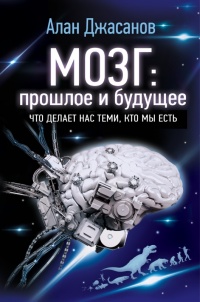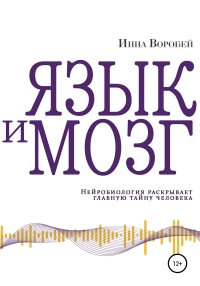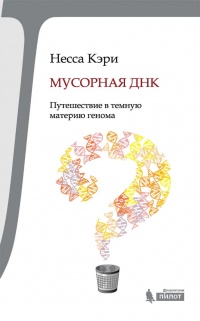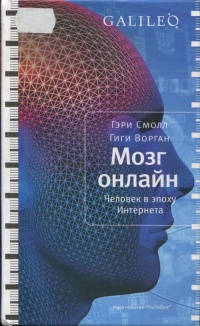Книга Коннектом. Как мозг делает нас тем, что мы есть - Себастьян Сеунг
Читать книгу Коннектом. Как мозг делает нас тем, что мы есть - Себастьян Сеунг полностью.
Шрифт:
-
+
Интервал:
-
+
Закладка:
Сделать
Перейти на страницу:
Перейти на страницу:
Книги схожие с книгой «Коннектом. Как мозг делает нас тем, что мы есть - Себастьян Сеунг» от автора - Себастьян Сеунг:
Комментарии и отзывы (0) к книге "Коннектом. Как мозг делает нас тем, что мы есть - Себастьян Сеунг"












